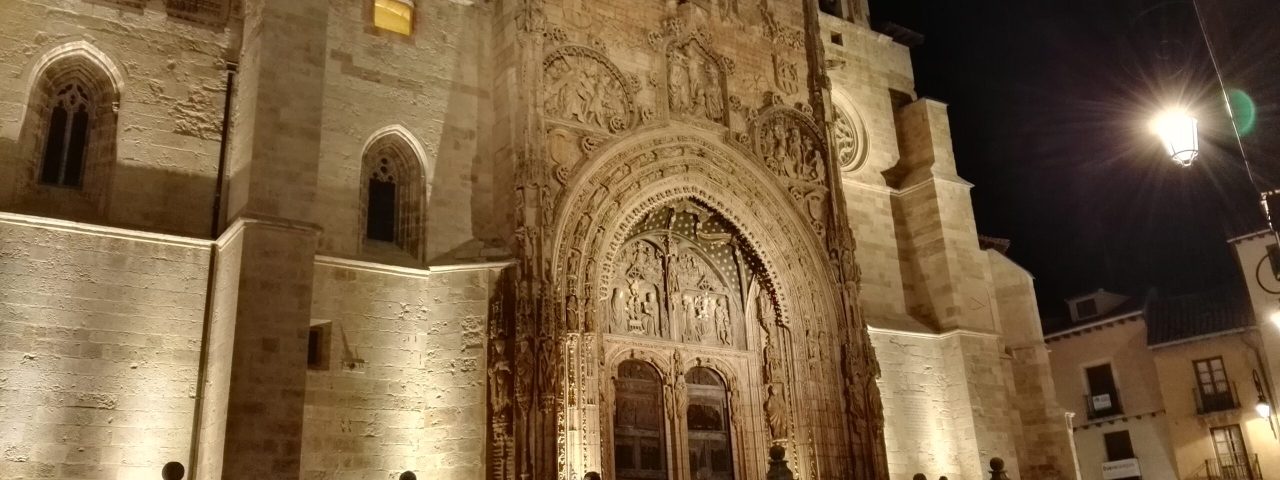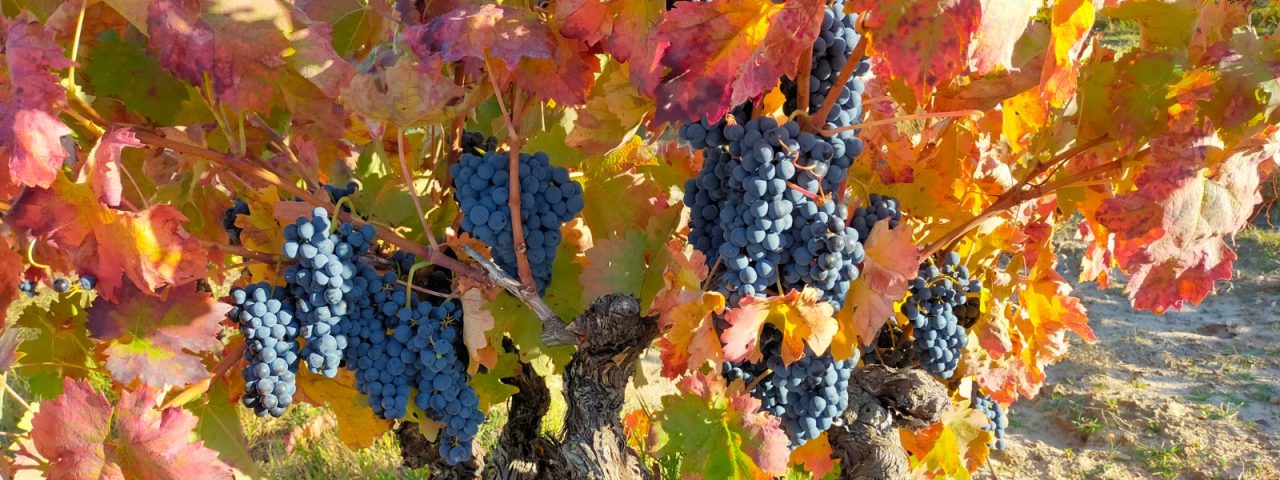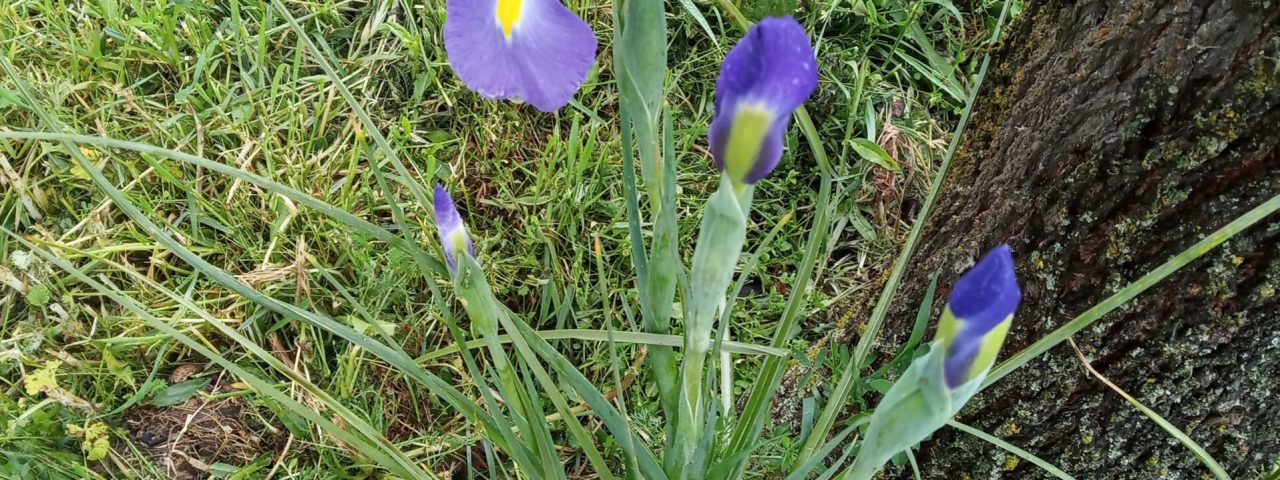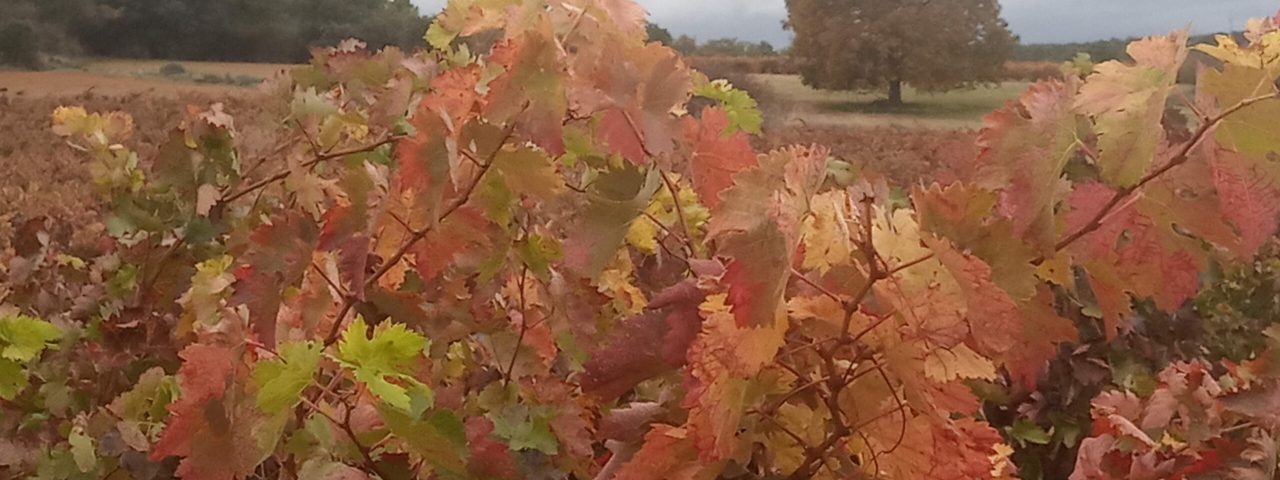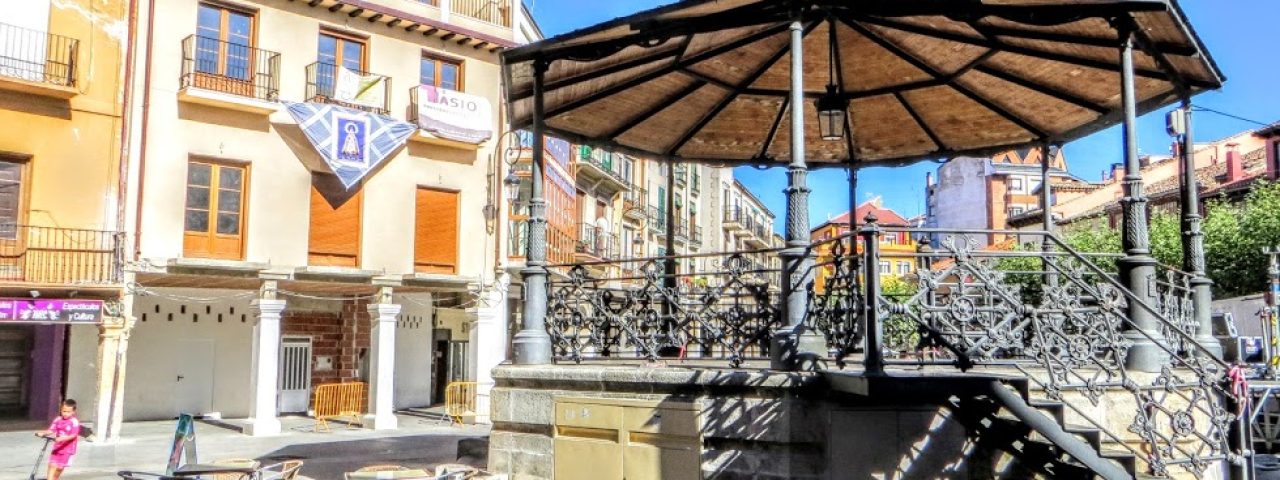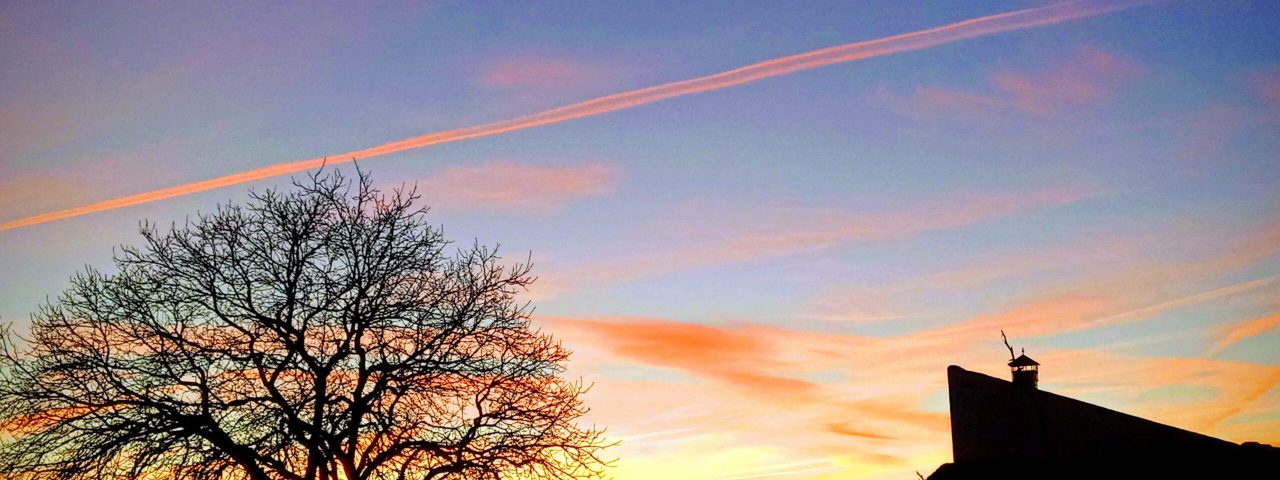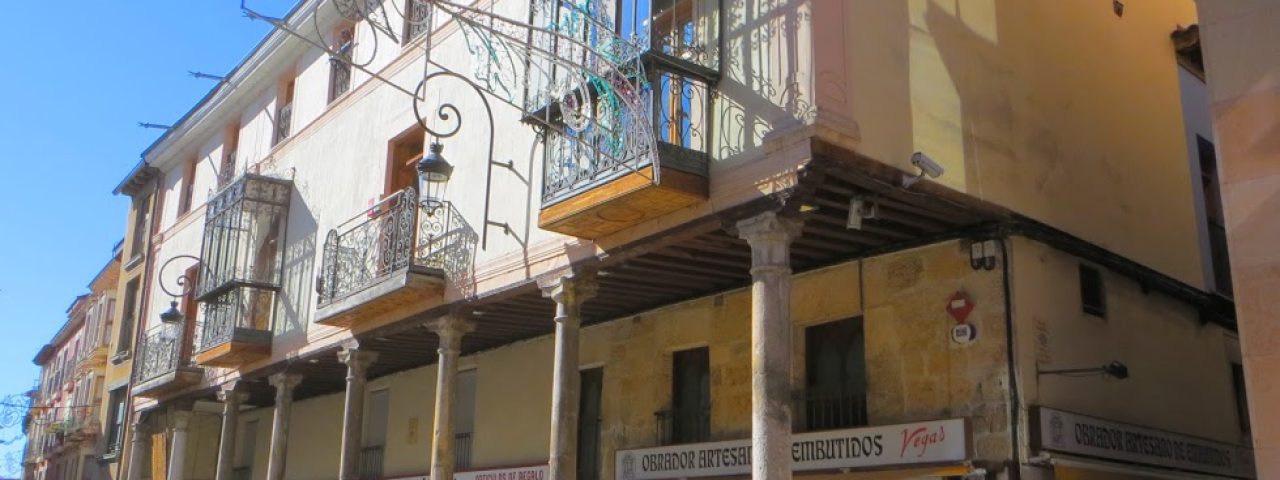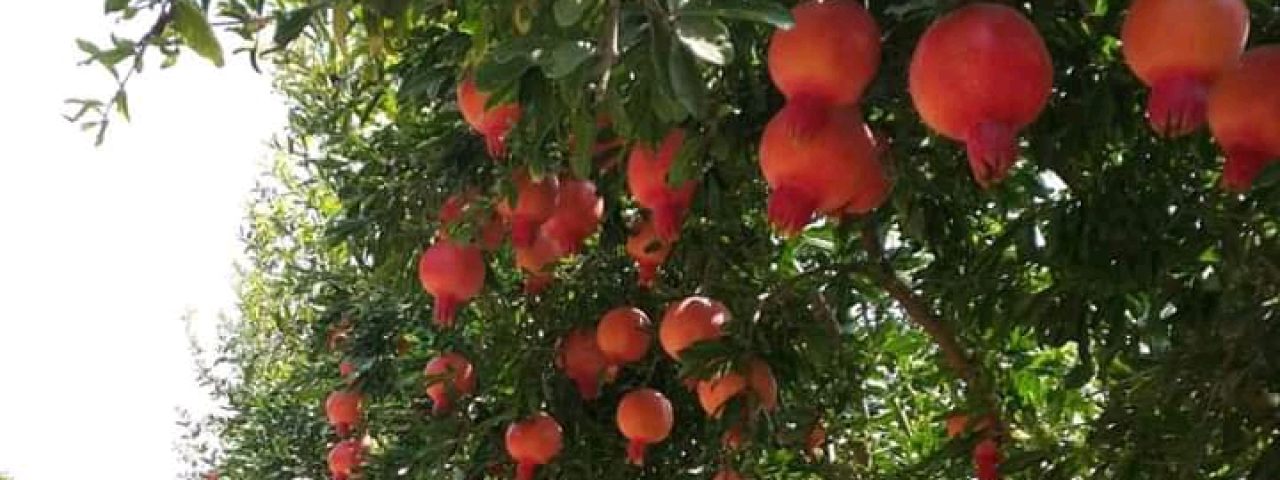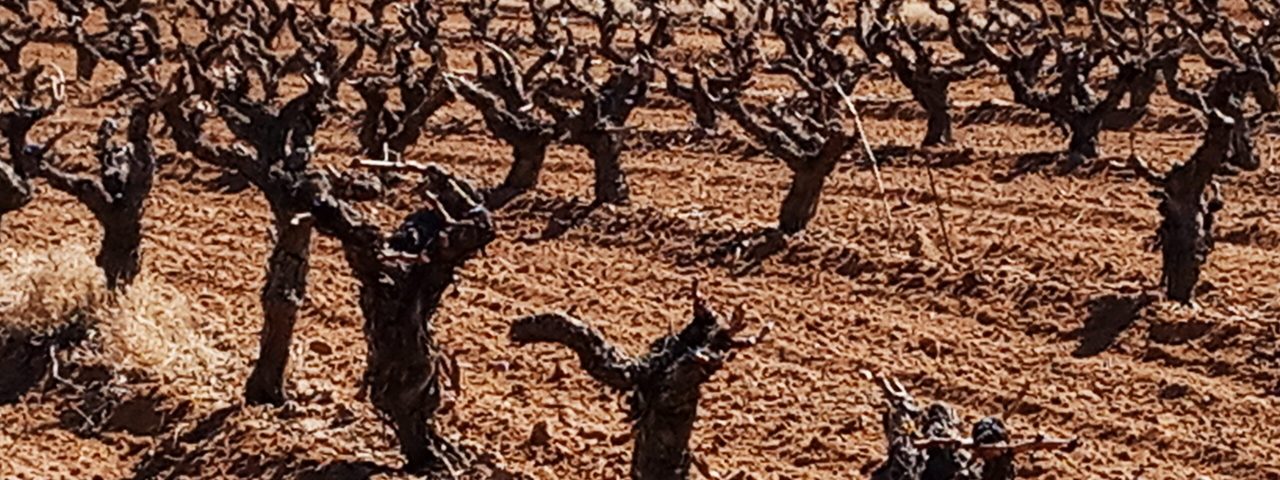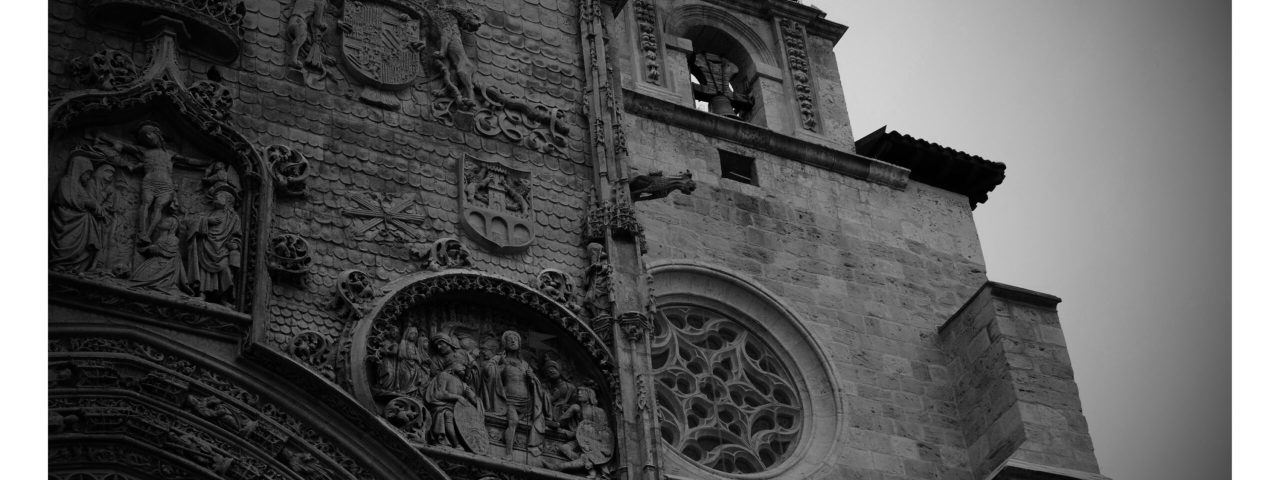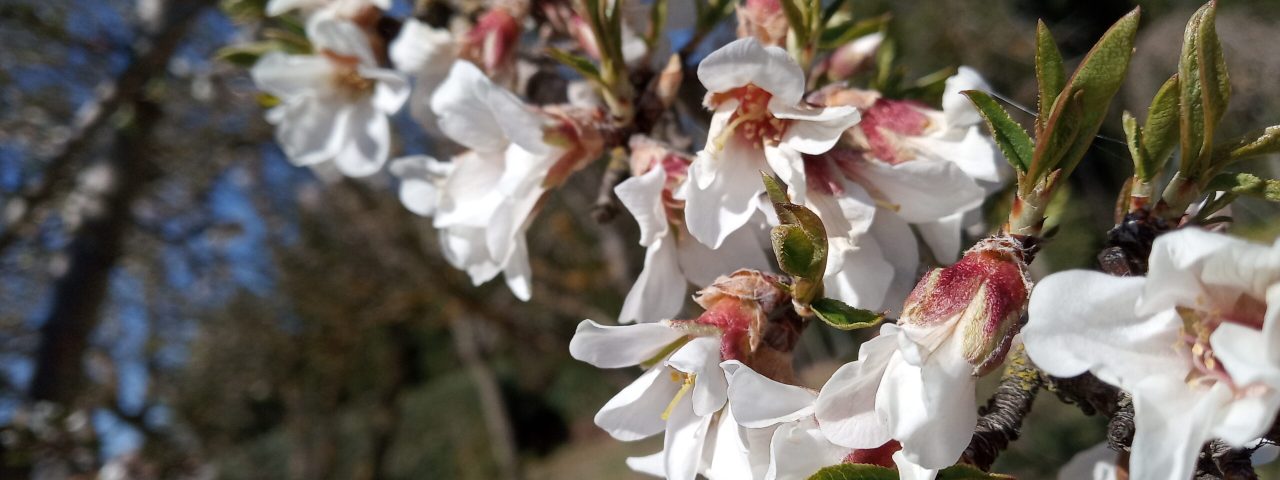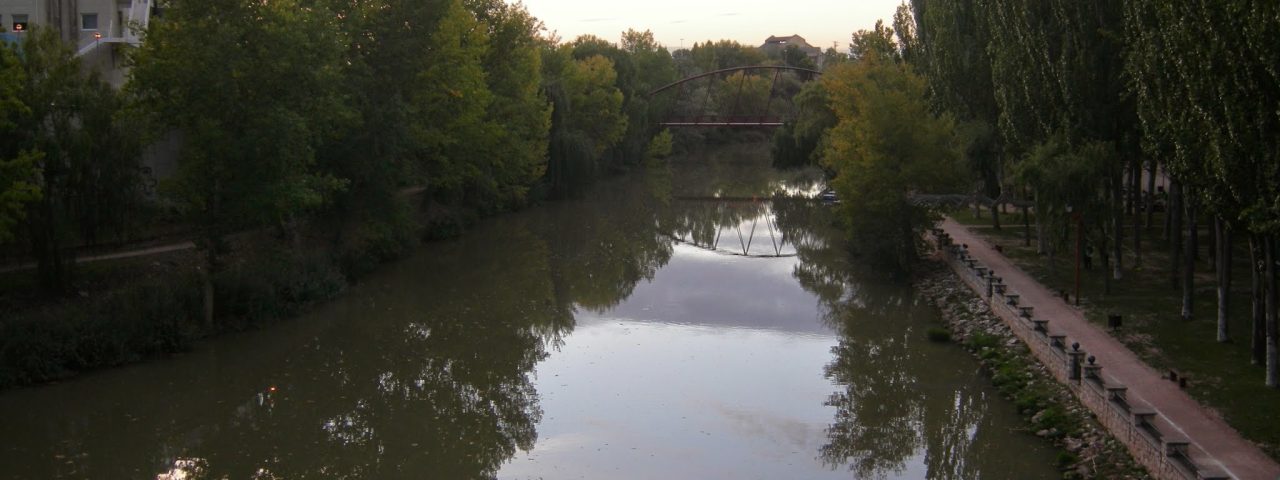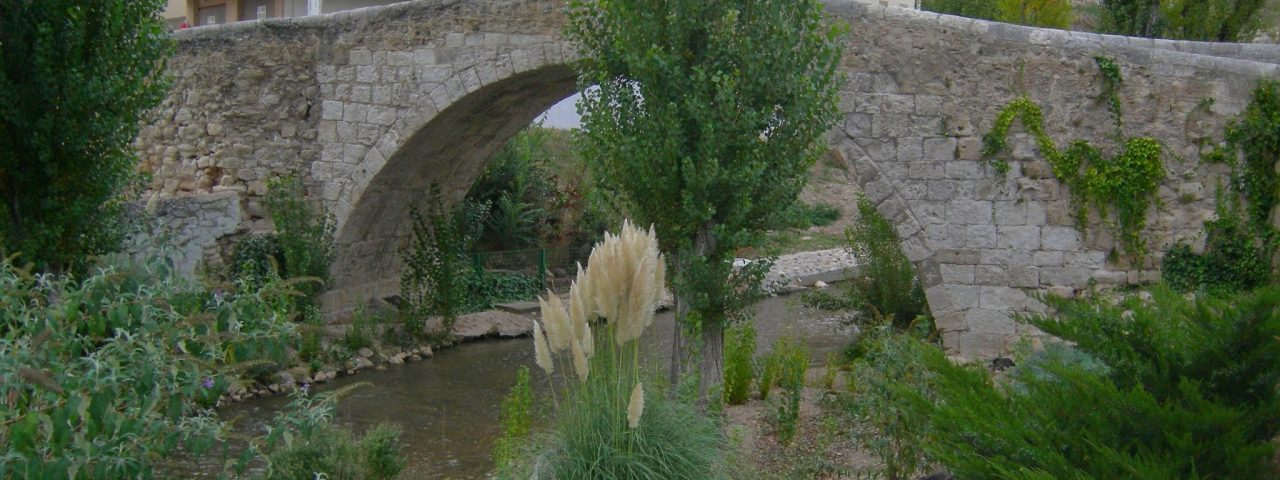The history of Aranda de Duero stretches back to pre-Roman times, but it truly flourished during the Middle Ages when it became a significant center for trade and agriculture. The city has seen influences from various cultures, including the Romans and Moors, but it became firmly Christian during the Reconquista. Its historical significance is evident in its well-preserved medieval architecture, including churches and noble houses that date back centuries.
Culturally, Aranda de Duero is deeply connected to the Ribera del Duero wine region, and this heritage is celebrated in local festivals like the “Fiestas Patronales” and the “Fiesta de la Vendimia” (Harvest Festival), both of which honor the city’s agricultural and viticultural roots. During these festivals, the streets are filled with parades, music, and traditional Spanish dances. Another notable event is the “Sonorama Ribera” music festival, which attracts visitors from all over Spain and beyond for days of live performances.
Traditions like the “Jura de Santa Águeda” festival, which celebrates women’s rights and independence, further demonstrate Aranda de Duero’s strong cultural identity. Whether through wine, music, or community celebrations, the city is a place where tradition is cherished and passed down through generations.
